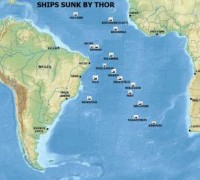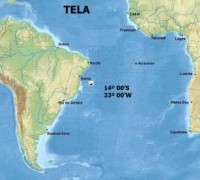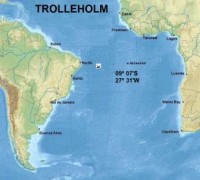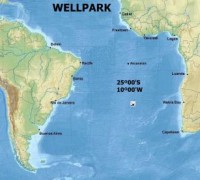RAIDER THOR 15 SHIPS SUNK 1 CAPTURED* - THOR SCHIFF 10
14)THOR BESTS AMC CARNARVON CASTLE *
THOR BESTS AMC CARNARVON CASTLE
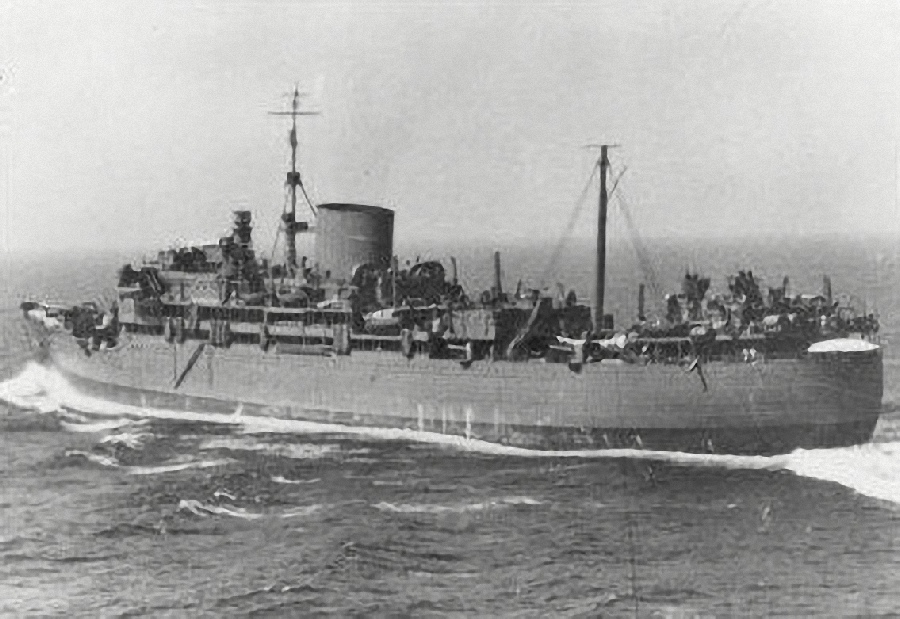
AMC HMS Carnarvon Castle. Photo. www.iwm.co.uk
After burying his dead (following the battle with HMS Alcantara), making repairs, changing Thor disguise and cleaning her boilers, Kähler rendezvoused with the supply ship Rekum on 25 August 1940 and then headed back into Brazilian waters. On 26 September, he sank the Norwegean whale-oil tanker Kosmos, em route to Curaçao (a small South American island and part of the Netherland Antilles, located north of Venezuela) from the port city of Walvis Bay (on the bay of the same name) in Namibia, South Africa. The tanker had been located by Thor’s seaplane which was used as often as weather permitted.
Two weeks later, while operating from within the Pan-American Security Zone, the raider sank the British Royal Mail refrigeration ship Natia, bound for South America. This zone had been established in October 1939 at U. S. behest by the Declaration of Panama, which declared that signatories (representing nations of North and South America), would not tolerate belligerent acts within the zone, which extended between 300 and 1,000 nautical miles offshore.
The survivors from these ships brought the total number of prisoners aboard Thor to 368. With the prisoners outnumbering his crew, plus an urgent need to refuel, and the continuing failure of boiler gauges, Kähler requested a rendez-vous with a second supply ship. On 9 November, he transferred all but four of his prisoners to the Rio Grande, which had been held in the port of Rio Grande by Brazilian authorities, but had broken out. The crew of Rio Grande had changed the ship’s name on the hull to that of her sister ship Belgrano, and made other modifications to resemble the other vessel, which was well known to the allies, but at that time was in a German port. All the prisoners, except for the masters of four British ships, were transferred to Rio Grande
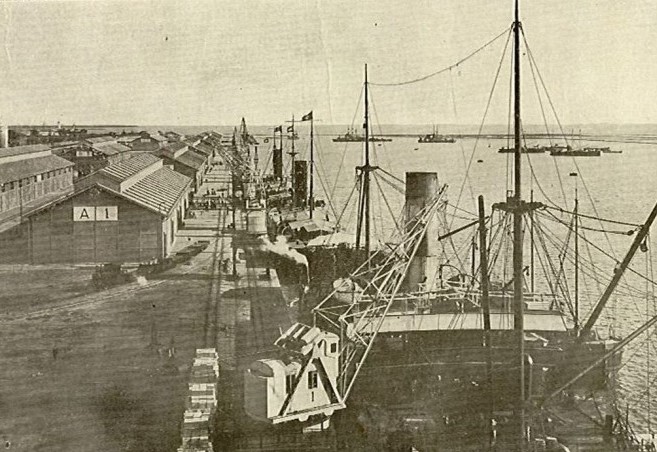
Above, port of Rio Grande, southern Brazil. From there the German ship Rio Grande broke out to open sea on December 1939. Photo. http://arrumadoresrg.com.br/index.php?n_sistema=3016&id_album=Mzc=
These individuals were retained aboard Thor, lest they provide leadership necessary to spur the others to try to take over the lightly-armed supply ship. On 16 November, the raider headed south, while “Belgrano” set a course for France, reaching Bordeaux on 13 December 1940.
This welcome period of normality ended shortly after dawn on 5 December. That morning, as Thor was operating southeast of Rio de Janeiro, one of the raider’s lookouts spotted a large and powerful ship emerging from a bank of mist four miles away Kähler recognized her as the Carnarvon Castle, the fastest liner on the pre-war South Africa route. The liner had been at Cape town at the outbreak of the war, and was requisitioned by the Royal Navy on 8 September 1939. Following conversion at the naval base at Simon’s Town which included being fitted with eight 6-inch, and two 3-inch guns she was commisioned HMS Carnarvon Castle on 9 October 1939.
Hoping to avoid the Merchant cruiser, Kähler altered course, and for a time outpaced the British ship. With three of Thor’s six 150mm guns facing aft, Kähler had decided to force Carnarvon Castle into a stern chase. By this means, he could minimize his ship’s cross section and, if necessary, take the cruiser under fire with half his main battery. The latter course of action loomed closer, when the ponderous yet faster former liner got up to full speed. Drawing nearer, Carnarvon Castle signaled the fleeing raider to identify herself, and to stop engines. When neither action occurred, Capt. (retired) Henry Noel Marryat Hardy, RN ordered his gun crews to fire a warning shot over the unknown ship’s bow. Unable to evade, Kähler ran up his battle ensign, abandoned Thor’s disguise by exposing his guns, and returned fire. As the German gunners found their target, Kähler changed course to turn the chase into a circular fight against the much less nimble Carnarvon Castle and by this means, to engage her with a full broadside.
While laying down smoke to shield his ship from the view of the British gun crews, Kähler fired two torpedoes at the cruiser. Both missed, but it hardly mattered as Thor circled and fired without pause, pounding Carnarvon Castle. But then the guns of the raider obsolete even before World War I began to malfunction as a result of the sustained action. Gun recoil systems overheated and gun barrels went out of train. Suddenly, as the possible ramifications of this catastrophe became evidente aboard Thor, the battered merchant cruiser ceased firing, turned and withdrew at top speed.
Thor emerged from the lengthy battle, in which she fired 593 rounds of 150mm ammunition, undamaged, and with no casualties. Carnarvon Castle limped into Montevideo harbor on 7 December, with a ten-degree list. She had taken twenty-three hits, suffered thirty-two dead, and eighty-two wounded as a result of battle damage. Repairs to her riddled hull were made using plates salvaged from the wreck of the pocket-battleship Admiral Graf Spee.
“Ingram’s Fourth Fleet”. U.S. and Royal Navy operations against German Runners, Raiders and Submarines in the South Atlantic in the World War Two. Cmdr David Bruhn U.S. Navy Ret.
https://www.youtube.com/watch?v=Y43rn4-FzQ4
Above, Armed Merchant Cruiser Carnarvon Castle enters Montevideo harbor for repairs. The Uruguayan people give her a great reception. In the battle against German raider Thor, the ship was pounded by 22 direct hits.
